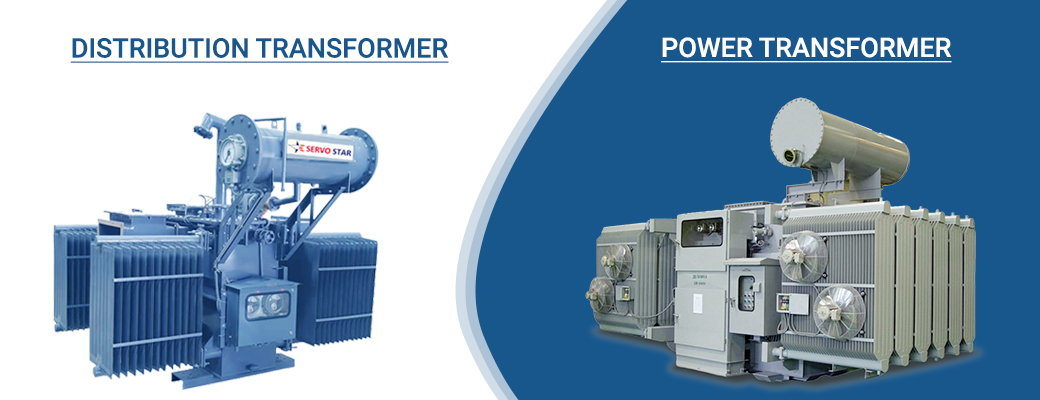When it comes to the power distribution sector, two types of transformers are used – distribution and power transformers. However, first-time customers should realize that there are specific differences between these products. We provide the differences with this post.
Understanding Distribution Transformers and its Types
Also known as a service transformer, distribution transformers are types of step-down transformers. They provide the final voltage transformation before the electric current is passed to the circuit via distribution lines. Distribution levels consist of a power of up to 10MVA that is transmitted.
Two types of distribution transformers are used today – liquid and dry-type transformers. Liquid-filled transformers are known for their compact size and efficient power distribution ability. Dry-type transformers are specifically designed for application safety and fire protection.
Both transformers are cooled passively. Liquid-filled transformers remove heat via the tank walls using thermal conduction. Dry type transformers have internal convection air flow for core cooling.
A Look at Power Transformers
Power transformers are designed for applications where the power exceeds 10MVA. These transformers are designed in medium or large sizes and with more excellent insulation than other transformers. This results in increased cooling. Power transformers are designed to provide benefits of low noise levels and performance efficiency while complying with proper safety and reliability requirements.
Power transformers can be designed as liquid-filled transformers or as Generator Step-up Units (GSUs). The GSUs transform electric current from medium to high voltage levels. Power transformers can be used along with phase shifters to balance the power flow and optimize power transmission.
The Differences between the Two Transformer Products
As you may realize there are specific differences between these two transformers.
- One is designed for applications with power requirements up to 10 MVA, while the other is for applications greater than 10 MVA.
- Distribution transformers are designed in compact sizes, while power transformers are used in medium and large sizes.
- The cooling of power transformers is achieved through high levels of insulation. Distribution transformers may use thermal conduction or convection for passive cooling.
Knowing the differences between the two products will help you make the right decision when choosing a transformer for your power distribution applications.
